Scientists harnessed a man’s brain waves to help him move his paralyzed hand again.
Category: biotech/medical – Page 3,135
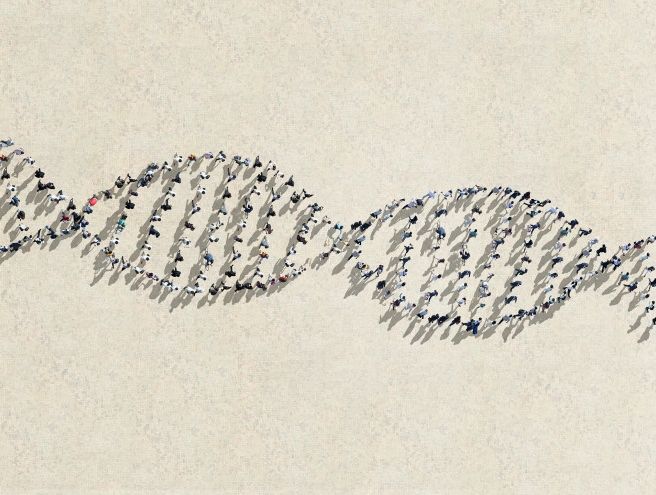

This study 40 years ago could have reshaped the American diet. But it was never fully published
#nutrition #CrapScience
So after 40 years of prescribing low fat diets & demonising cholesterol, the largest & longest clinical experiment ever (40 years, 9,000 patients, randomly assigned diets) shows that “Patients who lowered their cholesterol, presumably because of the special diet, actually suffered MORE heart-related deaths than those who did not.”
In other words, if you’ve been cutting on steaks, butter etc. for 4 years or more, you may have INCREASED your mortality rate from heart disease by %8.
Oops?
Via Oxford Martin School @oxmartinschool
A fuller accounting of the results of a massive government-funded experiment on fatty foods challenges the conventional advice about what is healthy, and what is not.
Is the Universe a Simulation? Scientists Debate
Hmm… That would explain Alzheimer disease — It’d be like some sort of unabashedly evil version of a smart phone data caps!
Or not.
wink
NEW YORK — Is the universe just an enormous, fantastically complex simulation? If so, how could we find out, and what would that knowledge mean for humanity?
These were the big questions that a group of scientists, as well as one philosopher, tackled on April 5 during the 17th annual Isaac Asimov Debate here at the American Museum of Natural History. The event honors Asimov, the visionary science-fiction writer, by inviting experts in diverse fields to discuss pressing questions on the scientific frontiers.
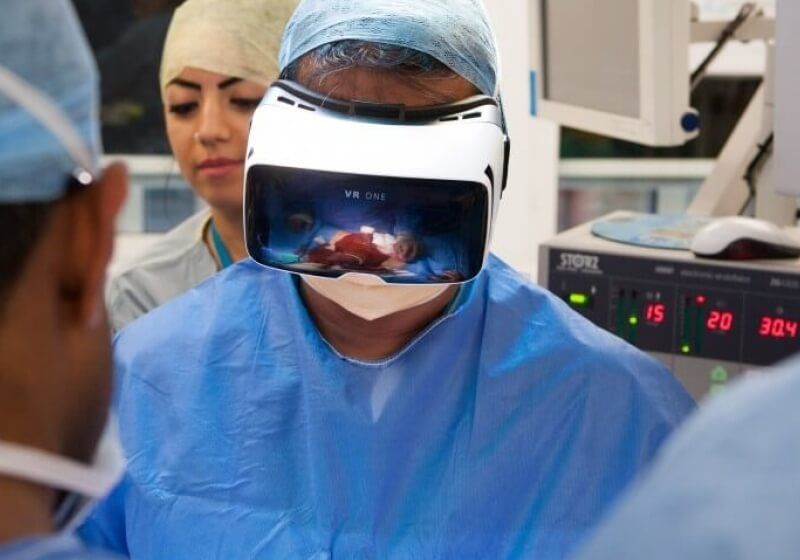
Watch a live surgery take place in virtual reality on April 14th
Hmmm; not sure if I can watch given my tolerance level of seeing blood.
Cutting-edge technology has a way of snaking itself into the medical field. Over the past few years, for example, we’ve seen 3D printers used to create prescription medication, prosthetic limbs, casts, replacement bones, homemade cosmetic braces and even cartilage implants.
Now, we’re beginning to see some of the ways that virtual reality will impact modern medicine with a company by the name of Medical Realities leading the way.
Co-founded by Dr. Shafi Ahmed, Medical Realities is a medical training firm that specializes in virtual reality, augmented reality and serious games using consumer-level devices like the Oculus Rift. In just a few days, he and his team of medical professionals will be livestreaming the removal of a tumor from the colon of a man in his 70s.
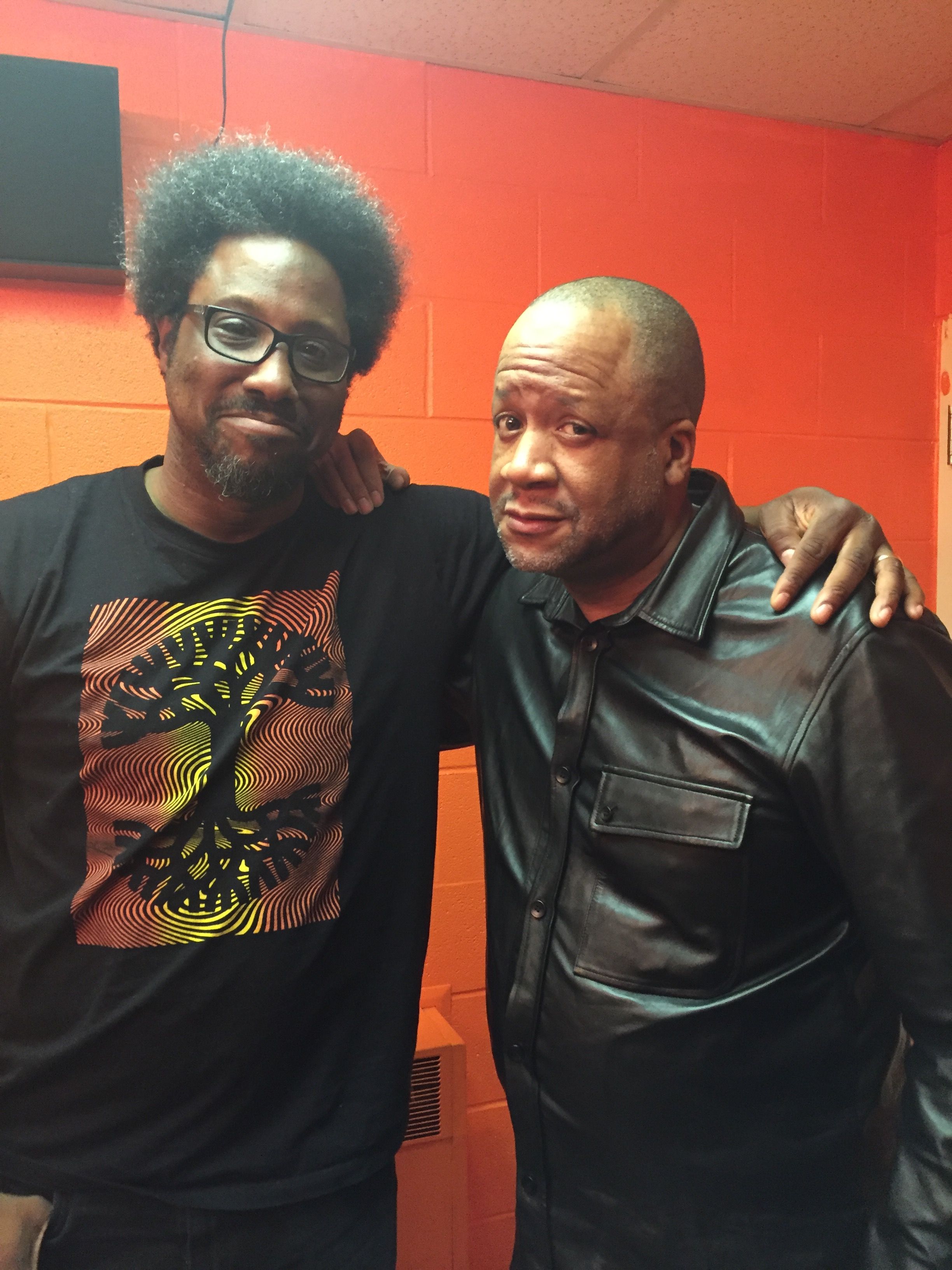
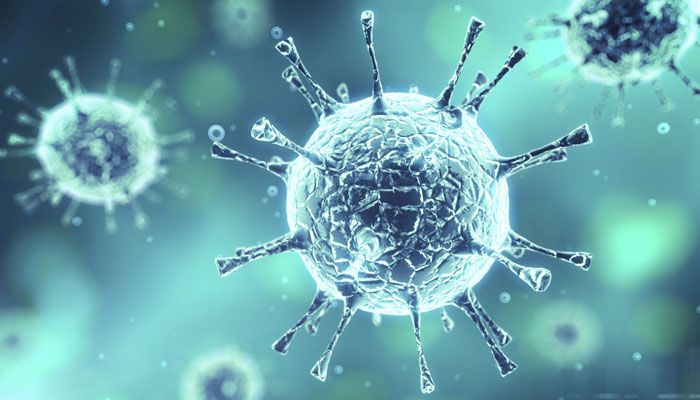
DARPA wants ‘shape-shifting’ vaccines that evolve with viruses
DARPA taking on the designer viruses and resistant fighting viruses that we hate. Who knows; they may finally find the fountain of youth in the process.
Vaccines are great, but they’re no match for most viruses in play at any given time. This is due largely in part to the ever-changing nature of viruses and the expense and difficulty in developing new vaccines to target them. DARPA wants that reality to change, citing the numerous concerning viruses, past and present, that affect humanity. Under the “INTERCEPT” program, DARPA seeks “shape-shifting” vaccines that adapt to kill off viruses as they evolve.
One of the biggest virus scares at the moment is the zika virus, but ebola was just recently a big issue and other viruses, including influenza and dengue, are a continuous problem. Once someone is infected, the virus is able to “mutate and morph as they reproduce inside their hosts,” says DARPA, making any vaccines quickly obsolete. If the agency’s new INTERfering and Co-Evolving Prevention and Therapy (INTERCEPT) program proves successful, though, things will change in a big way.
Under the program, DARPA seeks a solution that uses something called TIPs — Therapeutic Interfering Particles — which are described as small entities similar to viruses that are made in labs. TIPs are essentially genetic material packed within a protein shell, something that mimic the way a virus is structured. Because of their similarities, TIPs can enter cells like viruses but don’t proceeded to hijack that cell as viruses do.

New 3D Printed Ovaries Allow Infertile Mice to Give Birth
It might be time to rethink fertility treatment.
Here’s the scoop: scientists at Northwestern University 3D printed a functional ovary out of Jello-like material and living cells. When implanted into mice that had their ovaries removed, the moms regained their monthly cycle and gave birth to healthy pups.
The scientists presented their results last week at the Endocrine Society’s annual meeting in Boston.
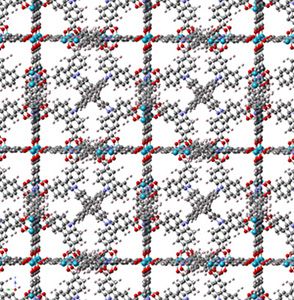
Nanoporous Material Displays Odd “Breathing” Habit
High-tech sponges of infinitely small, nanoporous materials can capture and release gaseous or liquid chemicals in a controlled way. A team of French and German researchers from the Institut de Recherche de Chimie Paris (CNRS/Chimie ParisTech) and the Institut Charles Gerhardt de Montpellier (CNRS/Université de Montpellier/ENSCM) has developed and described one of these materials, DUT-49, whose behavior is totally counterintuitive.
When pressure is increased for a sample of DUT-49 to absorb more gas, the material contracts suddenly and releases its contents — as if, when inhaling, the lungs contracted and expelled the air that they contained. This work, published in Nature, makes it possible to envisage innovative behavior in materials science.
Capturing toxic molecules in ambient air, storing hydrogen, targeting drug release — the list of applications that could use flexible nanoporous materials is endless. These materials use the large surface area in their pores to capture and store gaseous or liquid molecules: this phenomenon is called adsorption. Their pores can adsorb impressive quantities of products; they keep getting bigger until they reach their flexibility limit.

Scientists store digital images in DNA, and retrieves them perfectly
The digital universe — all the data contained in our computer files, historic archives, movies, photo collections and the exploding volume of digital information collected by businesses and devices worldwide — is expected to hit 44 trillion gigabytes by 2020.
Researchers have developed one of the first complete systems to store digital data in DNA — allowing companies to store data that today would fill a big box store supercenter in a space the size of a sugar cube.